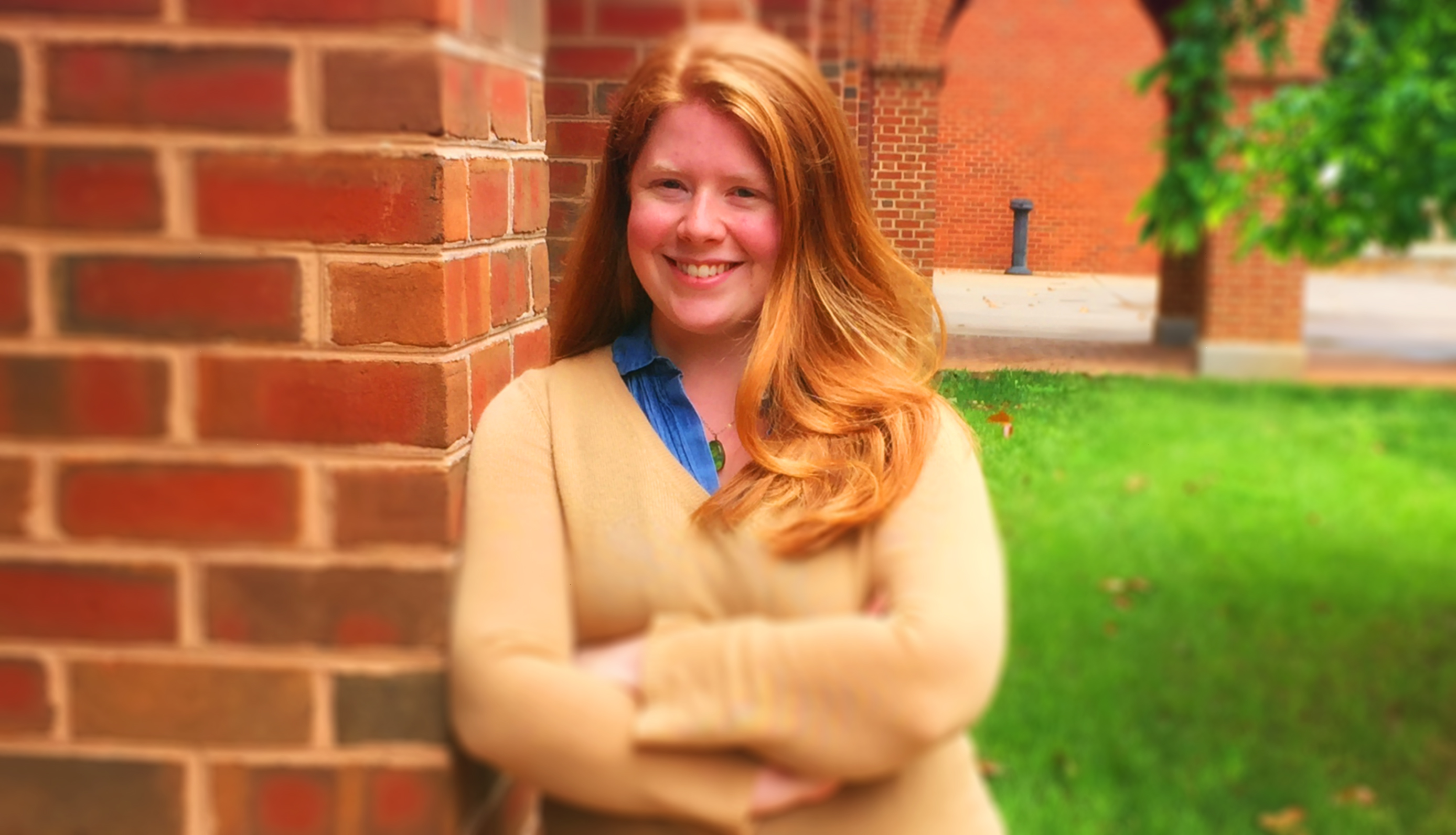Epistemically Challenged: Katharine Meyer

Epistemically Challenged is an opinion series about how each one of us explores knowledge. In this installment, Katharine Meyer, an education policy graduate student, talks about her work to increase higher education opportunities for low-income students, while reflecting on her experience as such a student at the University of Virginia (UVa).
Each spring, I get nostalgic watching admitted students and their families walk around campus – or “grounds” as we say at UVa – learning about the school and imagining what the next four years might look like. I remember how right being at UVa felt in 2006, when I walked around the University’s Lawn for the first time with my parents and three younger siblings, excited about the possibilities that lie ahead.
But I also remember the stress leading up to that moment and the many instances of uncertainty and isolation that followed after I arrived at UVa in the fall, and had to make the same walk around the Lawn without my family by my side. Up until the UVa financial aid package arrived at my home toward the end of my senior year in high school, I had been bracing myself for the very real possibility that I wouldn’t get to go to college because of the cost. After I arrived at UVa, it took a long time to feel like I really “fit in.”
My current work in education policy focuses on ways to open up more college opportunities for low-income students, as well as help students transition into this exciting new phase of their lives. For all the difficulties I faced as a first-generation, low-income student, I was one of the lucky ones. My parents, despite not having gone to college themselves, made it clear early on that higher education was a top priority. But many low-income students face more substantial poverty; don’t have high school counselors, who can recommend good college fits; and don’t have adults and mentors in their lives, who know about all the complicated tasks you need to complete in order to get into college.
If you don’t have these resources, it can be very hard to know everything you need to do before showing up as a college freshman—there’s a lot to do ahead of time! You have to register for orientation, file follow-up financial aid paperwork, send in end-of-year grade reports, sign up for classes, etc. If you’re a first-generation college student, like I was, and no one in your family has gone through this process before, you might be unaware of these pivotal steps. Right now, promising research on low-cost, low-touch interventions has found that sending students small “nudges” (reminders) about important pre-college and transition tasks can make a big difference in whether students enroll and stay in college. These interventions take relatively few resources in terms of staff or time, yet have significant impacts on the next generation’s student body.
As a graduate researcher in education policy at UVa, I study some of these low-cost, low-touch interventions alongside my advisor, Benjamin L. Castleman. One of Ben’s studies found that students who received reminders via text message during the summer between high school and college “nudging” them to complete pre-matriculation tasks were seven percentage points more likely to show up at school in the fall than students who had also been accepted to college, but didn’t receive the reminders. It may not seem like a few text messages can do much—but they made a big difference, and for only $7 per student. A joint project we worked on found suggestive evidence that low-income students who received text messages from their college about academic resources and course registration deadlines completed an additional class their freshman year of college.
Of course, information gaps aren’t the only reasons why low-income students struggle during the college application and matriculation processes. There are very real financial barriers to college attendance and success, and we need to raise awareness of the difficulties college students face on a daily basis. We also need more understanding of students’ high school experiences and how high school and college academics align – or don’t – in order to ensure students who arrive on campus are prepared to do college-level work. Low-cost, low-touch interventions aren’t always going to be the appropriate tool to address the problem; additionally, we need more information on what works best given the situation.
I believe it’s on us as researchers to understand how others perceive our work and help practitioners interpret our findings and move theory into practice. To do this, we need to generate more excitement about the work we do and funding for testing interventions and programs in different settings and with diverse populations. For example, without a stronger understanding of “how to implement” low-touch interventions at scale or outside of the control of a research team, we might be unintentionally draining valuable time and money on ineffective scaling strategies.
As a first-generation college – and now, doctoral – student, I want more people to have the opportunities that my parents did not. For that to happen, I need to not only figure out what works, but also how, where, and for whom solutions such as these low-cost, low-touch interventions are most effective.
